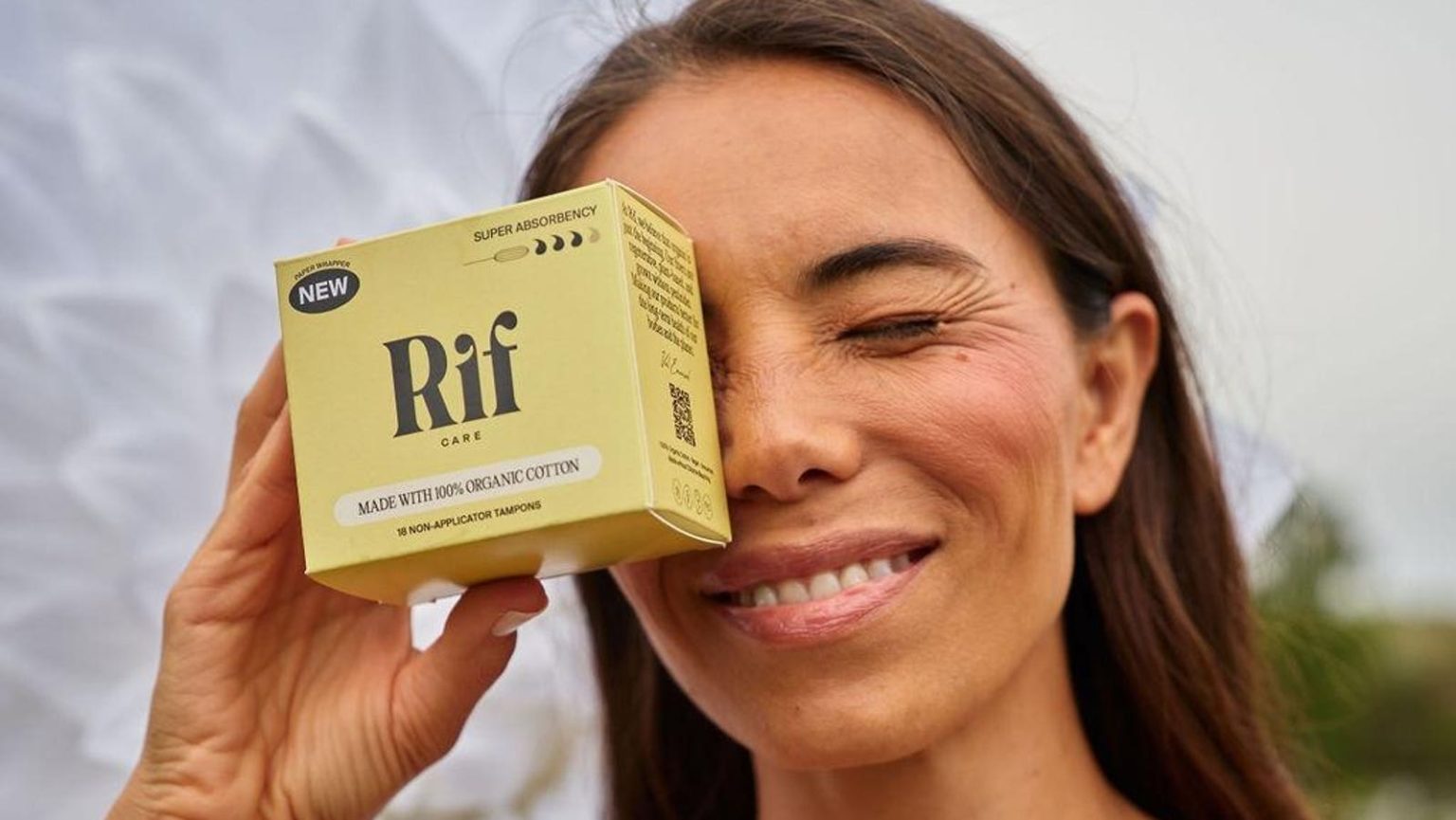The rise of women in sports and the growing female market is presenting a new golden age for advertisers. Major events like the college basketball Elite Eight showdown between the University of Iowa and Louisiana State University are attracting record numbers of viewers, signaling a shift in the sports landscape. The Women’s World Cup Final and Serena Williams’ final match have also drawn massive audiences, showcasing the widespread appeal of female athletes. This surge in interest is attributed in part to the 50th anniversary of Title IX, which has paved the way for more opportunities for women in sports.
Despite the increasing influence of women as consumers and decision-makers, advertisers are still missing out on the massive potential of the women’s market. Research shows that women are driving a greater share of spending than ever before, yet they are underrepresented in advertising. The economic cost of excluding women from advertising opportunities is estimated to be close to $800 billion. Systemic challenges persist, with women-led startups receiving a small fraction of venture capital funding. Advertisers have a significant opportunity to tap into this market by shifting their focus and creating more inclusive and diverse campaigns.
Consumer brands are beginning to capitalize on the growing women’s market, with a wave of direct-to-consumer brands targeting demographic segments that were once deemed unprofitable. This trend is especially evident in the feminine hygiene industry, where retailers are responding to consumer concerns by offering organic and biodegradable products. One such brand, Rif Care, was founded by childhood friends Val Emanuel and Rebecca Caputo with a focus on sustainability and organic materials. Leveraging data and market insights, Rif Care has positioned itself as a disruptor in the $40 billion feminine care industry.
Fintech companies are also recognizing the unique opportunities presented by the female market, with evidence showing that women are an attractive segment due to their higher loyalty and lifetime value. Fintech firms that customize their products and services for women often observe a higher customer lifetime value. Innovations in payment processing and rewards programs are making it easier for e-commerce businesses to cater to female consumers and build greater customer loyalty. Fintechs have the opportunity to design products that appeal specifically to women in categories such as lending, savings, and insurance, utilizing insights and research to effectively tap into this market.
As technology and consumer brands continue to cater to the growing demand from women, the athletes of March Madness are showcasing their superior athleticism and technical prowess on the court. The success of these athletes and the increasing viewership of women’s sports highlight the opportunities for advertisers and brands to engage with this growing market. While the ball may be in the women’s court, it is up to advertisers and companies to recognize the potential of this market and create more inclusive and diverse marketing campaigns that resonate with female consumers.


